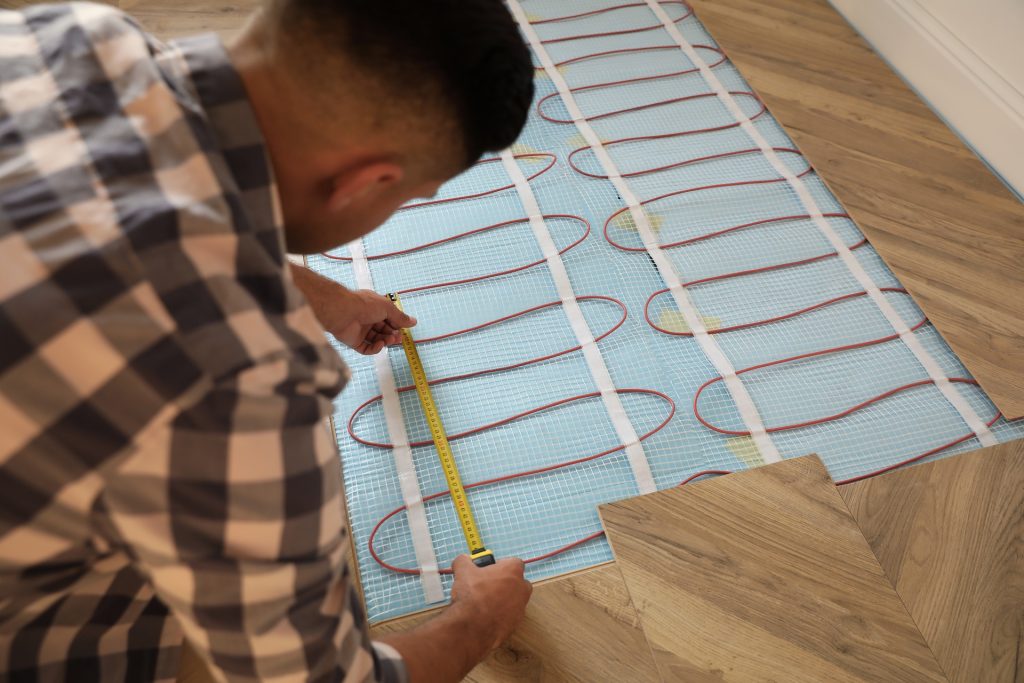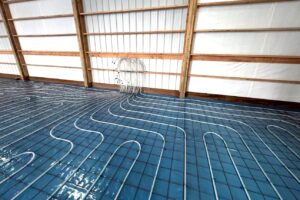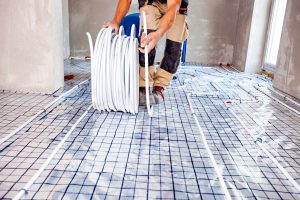Heating vents in your home can be noisy, dirty, and inefficient. Baseboard heaters are often positioned underneath windows, meaning much of the heat can be lost through poor insulation. Radiant heating, on the other hand, creates evenly distributed heat from under the floor. There is no noise or blowing air, and the increased efficiency can save you lots of money on heating bills. Radiant heating uses either hot water pipes embedded in the flooring or electric mats just under the finished flooring. This guide will help you understand the basics of the installation process.
Types Of Radiant Heating
There are two types of radiant heating you might use. The first one, electric heating, is the simplest to install. The second, hydronic heating, requires a more significant commitment but has more cost-saving value.
Electric Heating Installation
Hydronic heating systems can be installed above or below the subfloor; in fact, the most efficient way to install them is in the concrete foundation. But electric heating must be installed above the subfloor, so the heat source is heating the finished flooring, not the subfloor. The most efficient way of installing electric flooring is to place mesh or fiber mats with heating cables embedded in them under a tile or linoleum floor. The installation and wiring of the heating pad is generally pretty simple, but as with all electrical projects, caution is critical.
Hydronic Heating Installation
This procedure is a bit more labor-intensive and is therefore usually reserved for new housing projects. Hot water from a water heater or boiler is pumped through polyurethane tubing installed above or below the subfloor. The tubing can also be submerged directly into the concrete foundation. The tubing is snaked through the area in long loops about 9 inches apart. Maintenance and upkeep are essential elements of hydronic heating, and no hydronic system should be installed by an amateur.
Maintenance And Upkeep
It’s very important to get yearly checkups on your hydronic heating system to ensure that it continues to be safe and cost-effective. Deposits of calcium or rust on the water heater may indicate that it’s being overworked. A certified radiant heating technician will check the combustion, operation valves, and pressure release system of your water heater to ensure it continues to work at full efficiency year after year.
If you have more questions about installing or maintaining your electric or hydronic heating system, call The Earth Heating today at (503) 788-7777.




